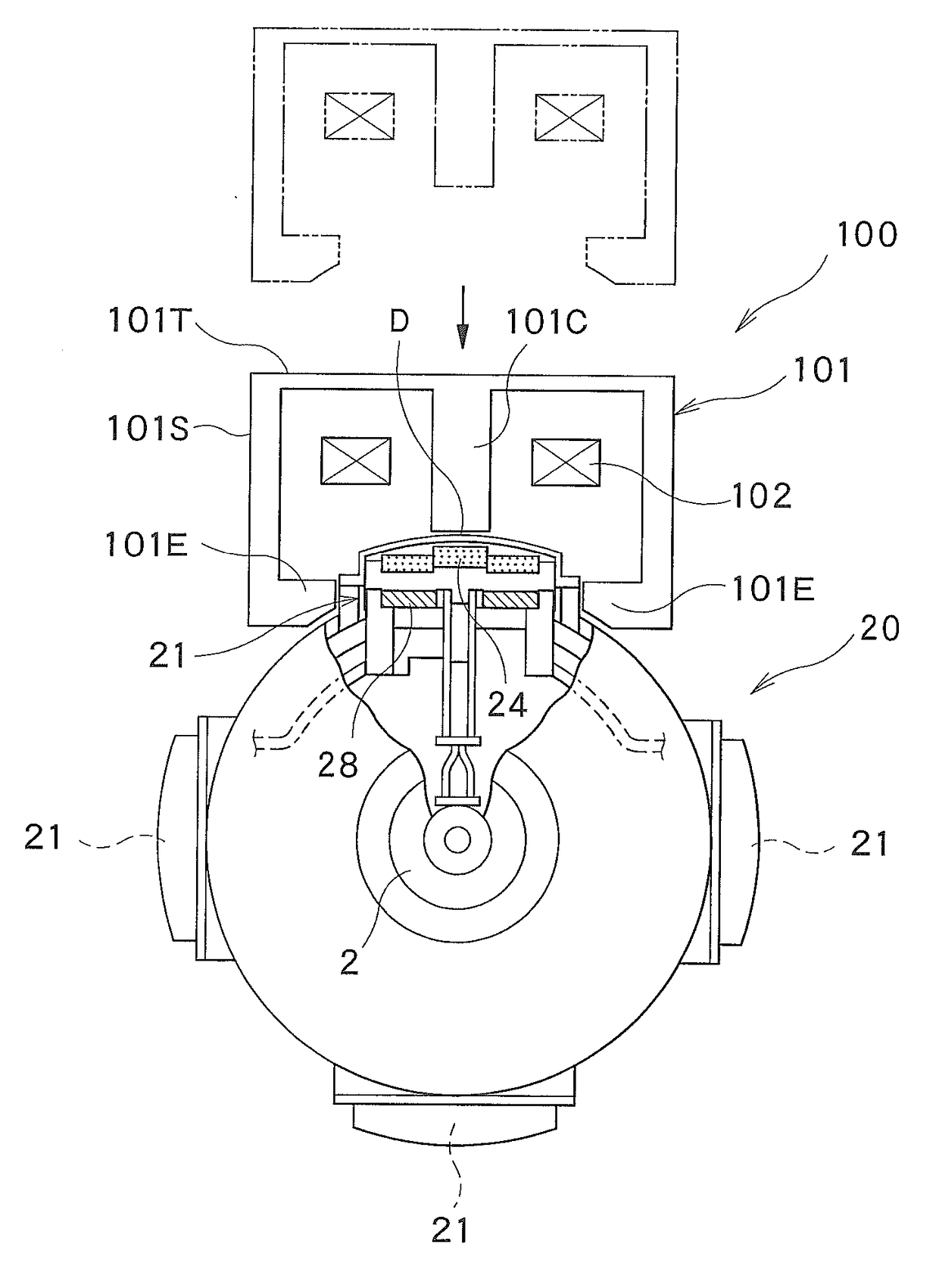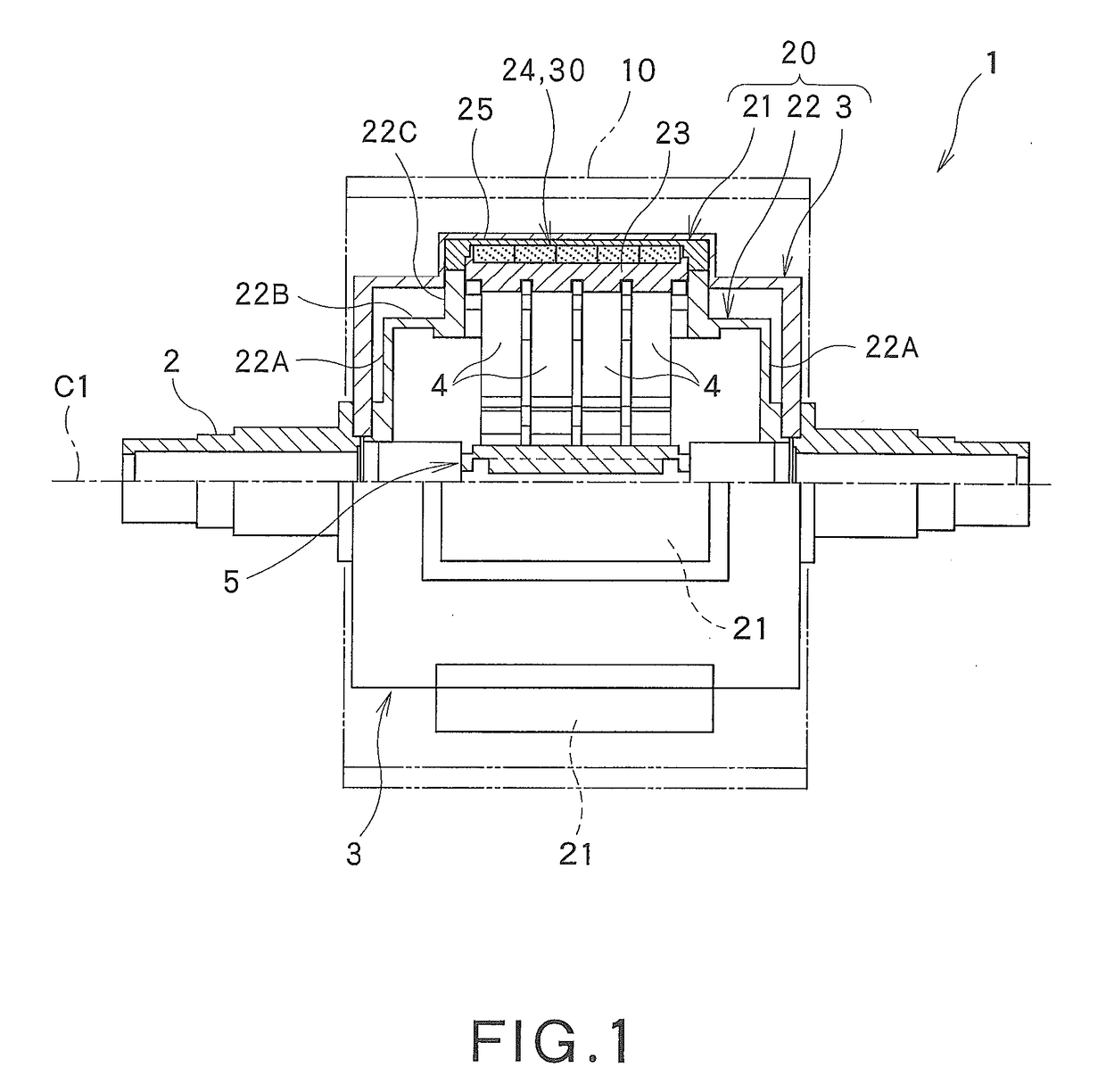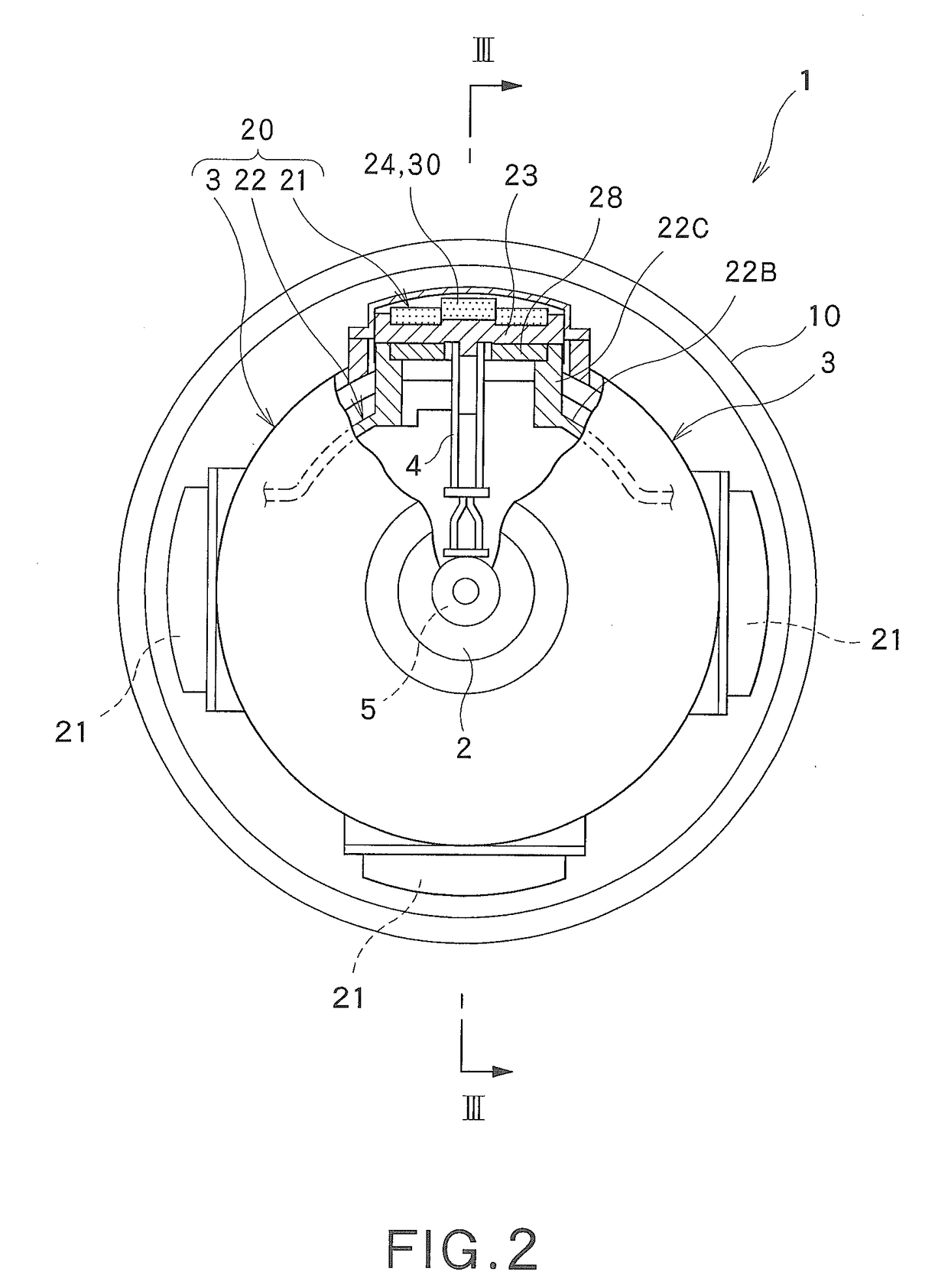Radial-gap type superconducting synchronous machine, magnetizing apparatus and magnetizing method
a synchronous machine and superconducting technology, applied in the direction of superconducting magnets/coils, magnetic circuits characterised by magnetic materials, magnetic bodies, etc., can solve problems such as loss of practical utility, and achieve the effect of increasing the captured magnetic flux in the superconductor, reducing the loss of practical utility, and ensuring the effect of superconductivity
- Summary
- Abstract
- Description
- Claims
- Application Information
AI Technical Summary
Benefits of technology
Problems solved by technology
Method used
Image
Examples
examples
[0101]An example of the radial-gap type superconducting synchronous machine 1 will now be described. FIG. 13 is a diagram showing a table summarizing the performance of a radial-gap type superconducting synchronous machine of Example and the performances of conventional superconducting synchronous machines of Comp. Examples 1 to 3.
[0102]The table of FIG. 13 shows data on the “model” of each of the synchronous machines of Example and Comp. Examples 1 to 3, “rotational speed”, “torque” and “power output” as exemplary performance parameters, “superconducting material” used for a field system or an armature, “refrigerant or cooling method” for maintaining the superconducting material at a low temperature, and “captured magnetic flux density” in a magnetic pole.
[0103]The radial-gap type superconducting synchronous machine 1 of Example was magnetized by the magnetizing apparatus 100 in the manner described above with reference to the above embodiment, whereby magnetic flux lines were capt...
PUM
| Property | Measurement | Unit |
|---|---|---|
| temperature | aaaaa | aaaaa |
| magnetic flux density | aaaaa | aaaaa |
| magnetic flux density | aaaaa | aaaaa |
Abstract
Description
Claims
Application Information
 Login to View More
Login to View More - R&D
- Intellectual Property
- Life Sciences
- Materials
- Tech Scout
- Unparalleled Data Quality
- Higher Quality Content
- 60% Fewer Hallucinations
Browse by: Latest US Patents, China's latest patents, Technical Efficacy Thesaurus, Application Domain, Technology Topic, Popular Technical Reports.
© 2025 PatSnap. All rights reserved.Legal|Privacy policy|Modern Slavery Act Transparency Statement|Sitemap|About US| Contact US: help@patsnap.com



